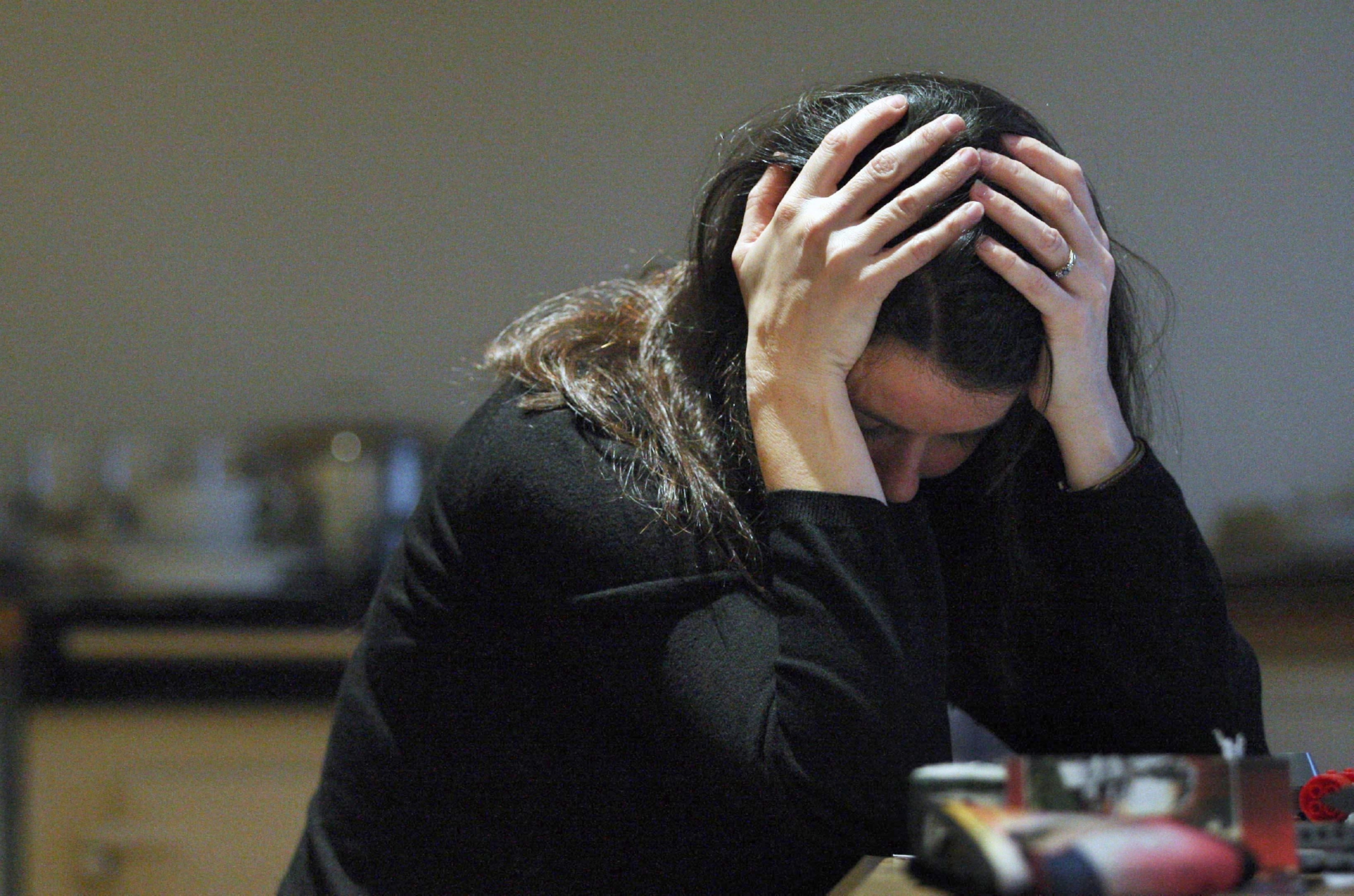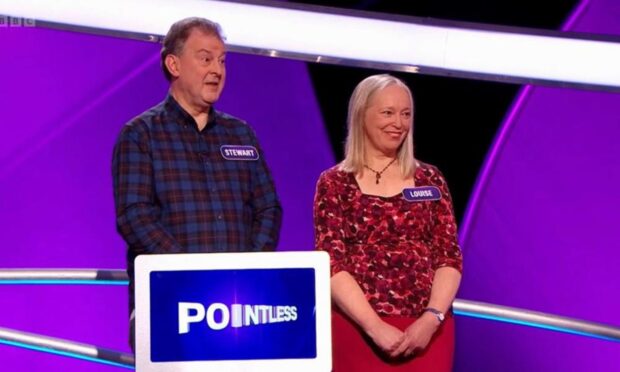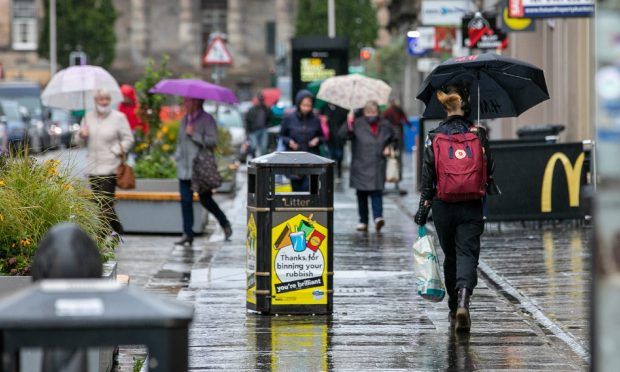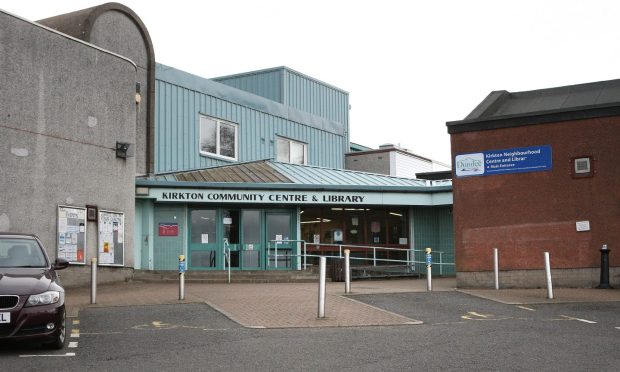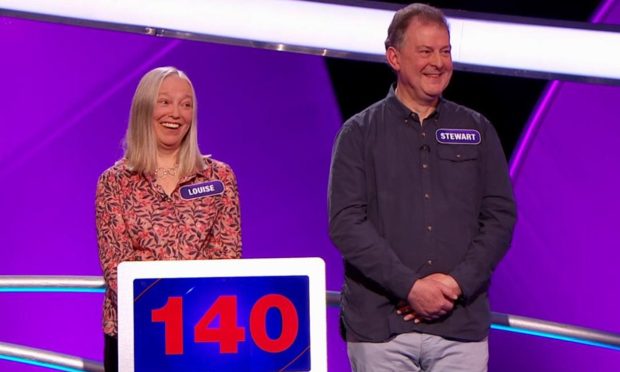The number of youngsters in Tayside referred to mental health services increased again last year.
In 2018 the number of people under the age of 18 referred to the Child and Adolescent Mental Health Services (CAMHS) was 2,735.
There has been a steady rise in the last decade, with 1,412 youths referred in 2010. The only year that saw a drop was 2014: 1,867 referrals against 2013’s 2,087.
Nine children as young as four years old needed some form of mental health treatment last year. In some years, children under three-years old were being referred.
See Me Scotland, a charity who tackle mental health stigma, said that more adults need to feel confident talking to youths about the issue.
And concerns have been raised about the amount of referrals that were subsequently rejects by CAMHS.
Last year, around 900 of the referrals were turned away by CAMHS. The data, which was released through freedom of information legislation, does not detail why.
GP referrals being rejected in all age groups was one of the key criticisms outlined in an interim report, released earlier this year, of the ongoing inquiry into mental health services within NHS Tayside.
Bill Bowman, Scottish Conservative MSP for the North East region, said: “Our society’s conversation about mental health, especially in young people, has evolved in the past decade.
“On one view, it is positive that the number of referrals are rising because more people are seeking help.
“Social media is often cited for a rise in many kinds of mental illness.
“However it has come about, there is one uncomfortable truth the Scottish Government need to address.
“Treatment time targets are being broken for more that one in five Tayside CAMHS patients.
“The number of rejected referrals is in no better a state.”
Wendy Halliday, See Me Scotland interim director, said: “There has been significant investment in supporting adults who work with children and young people to identify those who might be struggling with their mental health.
“Often this support includes signposting to services. These are positive developments, but could potentially increase the demand on local services.
“Unfortunately, despite these efforts many adults don’t feel confident to have a conversation about mental health with a young person.
“Many young people also still feel unable to talk about their mental health. Our survey found that only 37% said they would tell someone if they were finding it difficult to cope with their mental health, compared to 78% who would tell someone if they were physically ill.
“They also worry they will not be taken seriously if they did raise an issue.
“We want to see children and young people being supported to have open conversations about mental health from an early age so mental health is seen as something we all have, and not just talked about when someone is struggling.”
A NHS Tayside spokeswoman said: “In common with other Boards across Scotland, NHS Tayside has seen an increase in referrals and this correlates with a rise in the rate of mental illness in children and young people in recent years.
“Specialist CAMHS sees children with a range of emotional disorders such as anxiety, depression, obsessive compulsive disorder, eating disorders and psychotic disorders. It is not uncommon for children and young people to also have a neurodevelopment disorder, most commonly autistic spectrum disorders or conditions, ADHD and intellectual disability.
“Treatments offered in specialist CAMHS include assessment and diagnosis which can be helpful interventions in themselves, and the service offers psychological therapies including cognitive behavioural therapy, family therapy, specific therapies for eating disorders and other psychological therapies.
“When appropriate the service also prescribes medications.”
